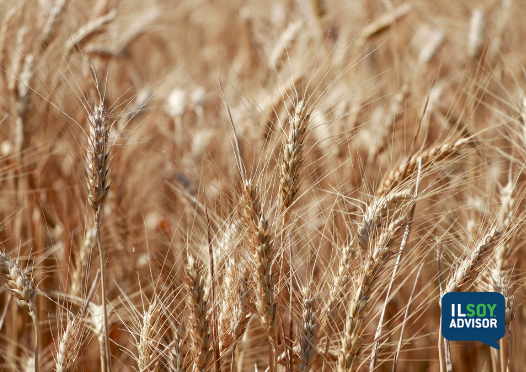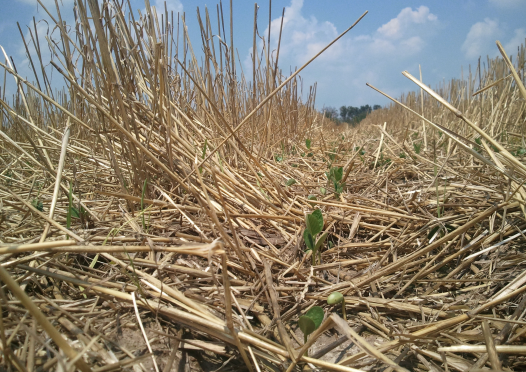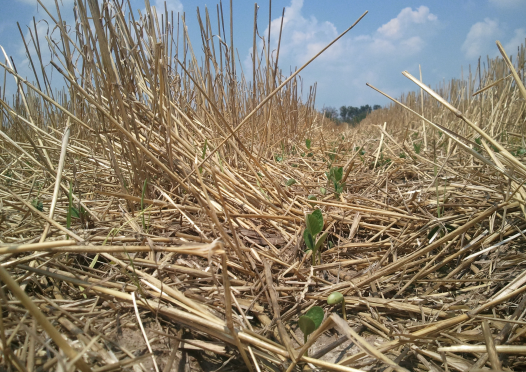ILSOYADVISOR POST
Double-crop Soybean research, observations and making it all work.
It's often difficult to find research on double-crop soybeans in Illinois. OK, it seems like it is always difficult.
What information is available is often a comparison study or treatment study which, in reality, is a side-by-side comparison. Yes, side-by-sides have their place in a research study. Yes, there is something to be learned from a side-by-side if done properly, but this information alone isn’t research.
When I talk about real research I mean randomized, replicated, multi-location plots analyzed to determine statistical significance. There are some limited ”studies” that show treatment effects. These studies contain good information, but are lacking in one of the criteria that make them certifiable research. You may also find contradictory results from different sources on these studies.
How do we know what works and what doesn’t work when it comes to double-crop soybeans?
Most of our understanding of double-crop soybeans is based on observation and anecdotal evidence as gathered by the farmer.
In other words “I tried this and it appears to work”, “I think when I do “X” I get “A” response” or “This works on my regular beans it should work on my double-crops”. We do our own”trials” on our own farms and draw our own conclusions. Is there anything wrong with this? Not at all, if done correctly.
There will be a lot of “observational” tips and tricks as we go forward this summer on our quest for higher double-crop soybean yields. My observations of what tends to work and what doesn’t are gathered from all across southern Illinois. They represent a list of best management practices or maybe common management practices of those who are obtaining higher double-crop soybeans yields.
The farmer’s management plays into the success or failure of any practice. If it didn’t, all we would have to do is buy the same seed and plant on the same day and we would all get the same yield. That is the issue when it comes to observational tips and tricks. A particular tip or trick might not work with your management. Is this a bad thing? No. You have adapted a management style for your soils, equipment and practices. Those practices are what works best for you.
Success is when we take these observations, study them, identify how they will fit into our management style and test them. Then we either tweak them to make them work better or abandon them because they didn’t work for us. The road to success is often a bumpy one which is why we test the observations, because a bump in a small plot is much better than a total failure in a whole field.





Comments
Add new comment